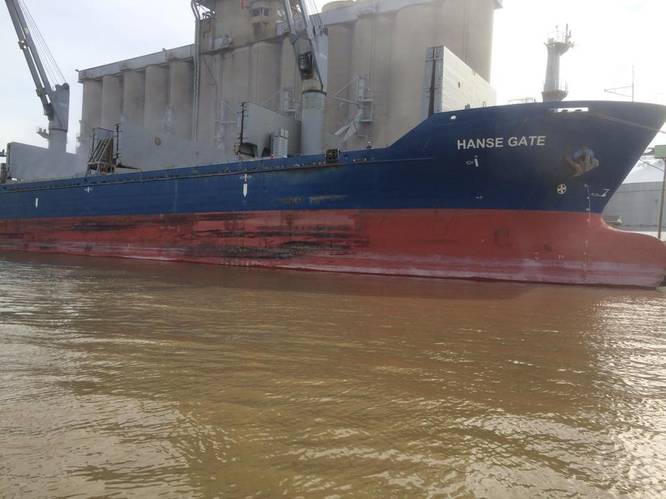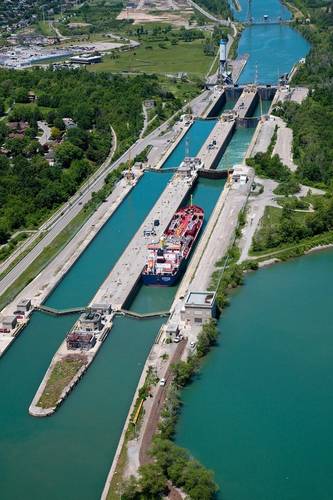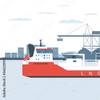American grain shipments through the St. Lawrence Seaway are up 63 percent so far this season as ships transport corn to Canada and soybeans for international export, reports the Chamber of Marine Commerce.
According to figures from the St. Lawrence Seaway, U.S. grain totaled 765,000 metric tons for the period from April 2 through July 31. U.S. Great Lakes ports that receive and export grain through the waterway include Duluth-Superior, Toledo, Milwaukee, Chicago, Indiana Burns Harbor and Buffalo.
Grain, petroleum products and bulk materials are the leading cargo categories that have shown the greatest improvement over last season through July at the Port of Toledo. Grain shipments are up over 60 percent. Corn has been heading to Canada for ethanol production and animal feed, and soybeans to overseas markets. A combination of good crops and lower grain and international freight prices have allowed handlers to recapture overseas trade in Northern Europe and North Africa that they haven’t had in previous years.
“There is a considerable amount of grain moving out in salties and lakers this year prior to harvest,” said Joe Cappel, VP Business Development for the Toledo-Lucas County Port Authority. “We have even seen transfers of wheat between the grain elevators and the flour mill via vessel this year within the Port of Toledo. That’s what I call short sea shipping.”
Others such as the Port of Detroit reported brisk general cargo activity, with shipments of steel, aluminum and machinery from April to July 31, up 17 percent this season compared to the same period in 2014. These materials will be used in manufacturing and auto production.
Stephen Brooks, President of the Chamber of Marine Commerce, said, “The Great Lakes-Seaway is a vital trade corridor for American grain exports which will continue to be relied on into autumn when the new harvests begin. The more buoyant U.S. economy is also creating demand for other products such as construction, manufacturing and steel-making materials.”
U.S. construction activity has also boosted cement shipments via the Seaway to 766,000 metric tons from April 2 to July 31, up 11 percent compared to last year. Shipments of gypsum, used in wallboard for home construction, were up 35 percent.
Coke tonnage at 657,000 metric tons for the season so far, was also up 23 percent compared to 2014. Metallurgic coke is used for domestic steel production in Hamilton, Toledo and Burns Harbor, Indiana.
Across the board, however, year-to-date (April 2 through July 31) cargo tonnage on the Seaway was 14.5 million metric tons, down 7 percent, with iron ore down 8 percent and coal shipments down 38 percent.























